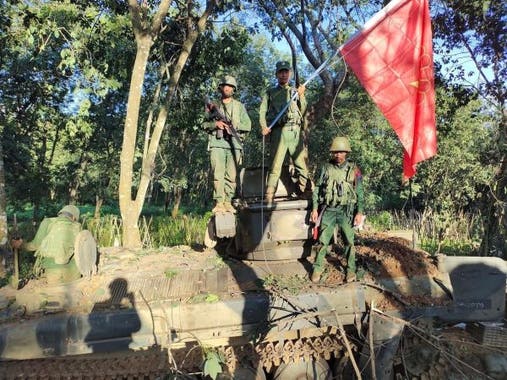[Op Ed]: Shan State omen: is Myanmar’s Junta losing control of the war? (long form)
The military’s long-standing policy of “divide and rule” is breaking down as ethnic resistance groups gain the upper hand across the country. It is notoriously difficult to track battlefield developments in Myanmar’s sprawling civil war. The conflict involves countless armed groups, broadly sorted into territory-holding ethnic armed organizations (EAOs), the militia-like People’s Defense Forces (PDFs) loyal to the deposed National Unity Government, and an array of pro-junta militias and Border Guard Forces. Each of these groups, including the military regime itself, frequently claim victory in any given battle, making outside observers unsure as to the overall trajectory of the conflict.
However, insofar as there are few battlefield movements worth paying attention to, what has transpired over the past week in northern Shan State almost certainly qualifies. On the tactical level, the military regime appears to be on the backfoot, fending off attacks on seven towns and reportedly losing as many as 60 outposts and seven towns to the Three Brotherhood Alliance, a rebel coalition that launched a major coordinated offensive on junta positions on October 27. The Alliance now controls significant stretches of the border with China, with a proper junta counteroffensive yet to come.


Add comment